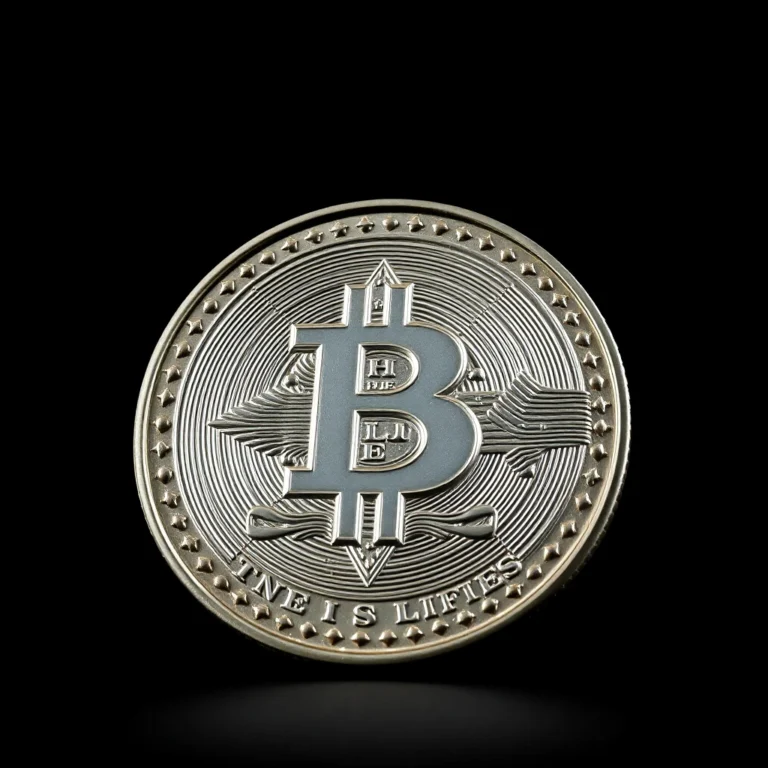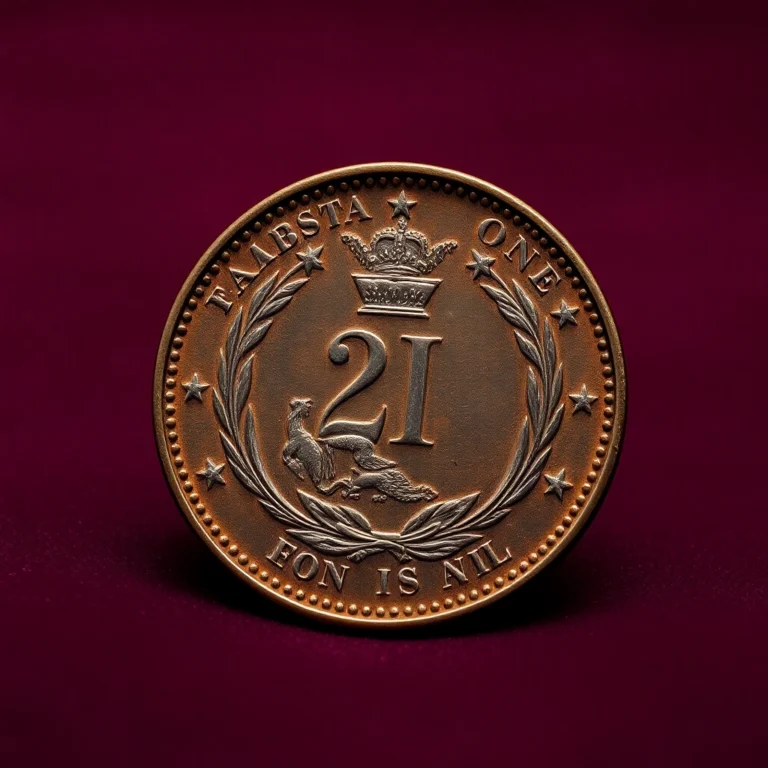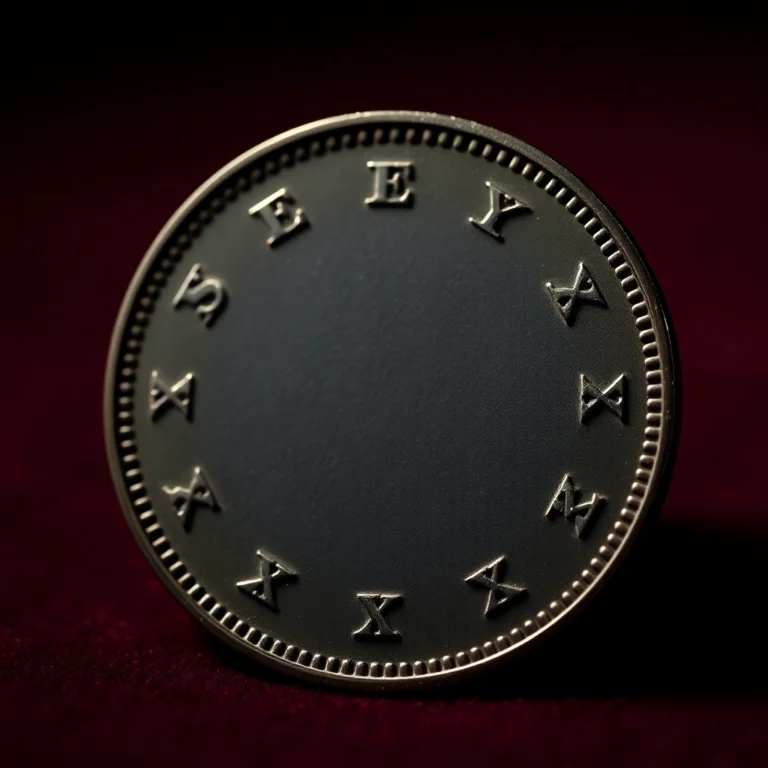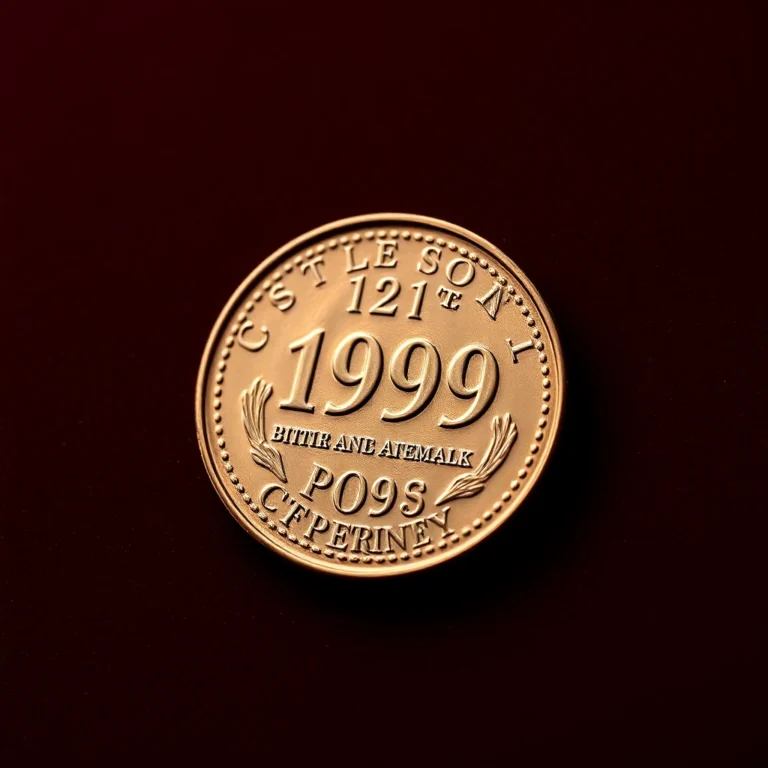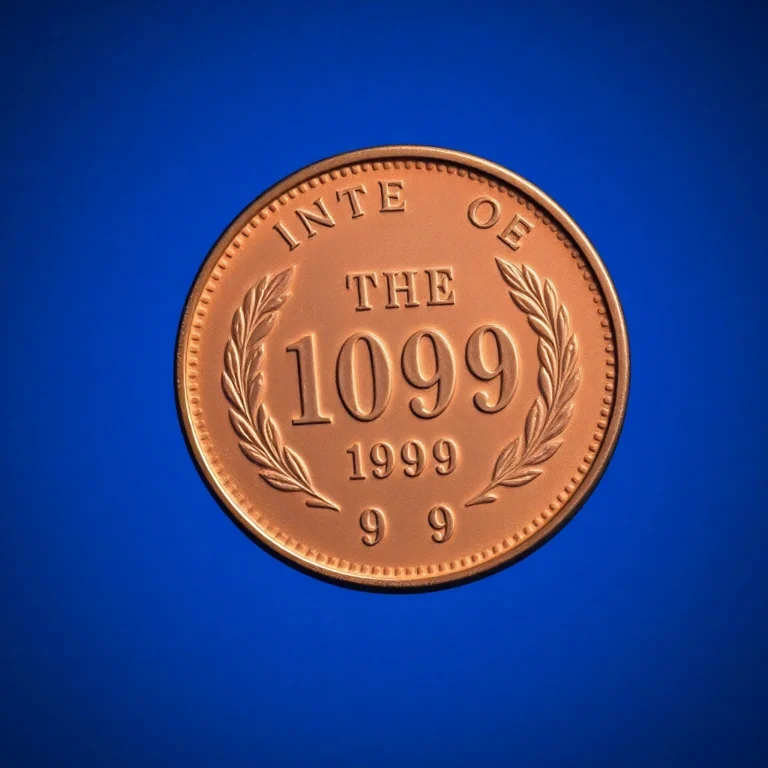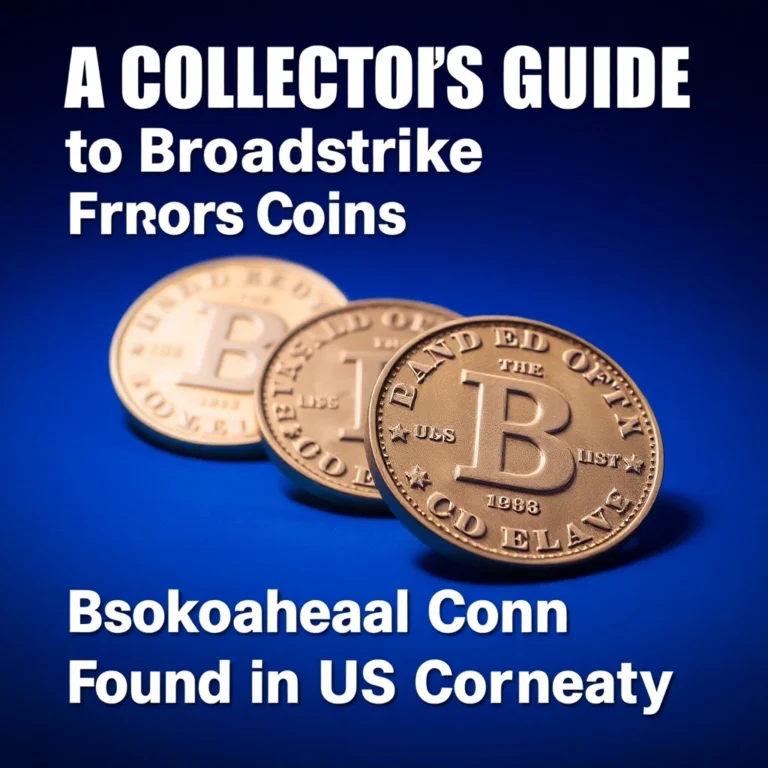In the world of numismatics, the thrill of uncovering a rare coin is akin to discovering hidden treasure. For collectors, the allure of rarity isn’t just about possessing something unique; it’s about holding a piece of history that few others can claim. But what truly makes a coin rare? Is it age, mint errors, or perhaps an intriguing past?
Delving into the secrets of rare coins unveils a captivating blend of historical significance, intricate craftsmanship, and mysterious provenance. This matters to collectors because understanding these factors not only enriches their appreciation but also sharpens their acumen in identifying valuable pieces. In this article, you’ll explore the fascinating elements that contribute to a coin’s rarity, from limited mintage to unexpected historical events.
By the end, you’ll gain insights that could transform your collection and elevate your status among fellow enthusiasts. As we uncover the secrets behind what makes a coin rare, prepare to be enchanted by tales of value and mystique that lie within these metallic marvels.
Secrets Behind What Makes a Coin Rare
Coins have long fascinated collectors and historians alike due to their intrinsic value and the stories they tell about the past. Understanding what makes a coin rare involves delving into its historical background, physical characteristics, mintage figures, known varieties, and potential errors. In this article, we will explore these aspects in detail and provide insights into the art of coin collecting.
Historical Background and Significance
The historical context of a coin often greatly influences its rarity. Coins minted during significant historical events or periods, such as the American Revolution or the Roman Empire, are highly sought after due to their connection to these pivotal moments. Additionally, coins that were part of limited series or special commemorative releases often hold a special place in collectors’ hearts.
For example, the 1909-S V.D.B. Lincoln Cent is coveted not only for its limited mintage but also for its role in marking the 100th anniversary of President Abraham Lincoln’s birth. 📜
Physical Characteristics and Design
Coins are also valued for their aesthetic appeal and unique design features. Factors such as the artwork, metal content, and any distinguishing marks or symbols can add to a coin’s desirability. Coins with intricate designs or those made from precious metals like gold or silver often command higher prices.
The Double Eagle coin, first minted in 1907, is renowned for its stunning depiction of Lady Liberty created by sculptor Augustus Saint-Gaudens. Its design is a masterpiece of numismatic art. 🎨
Mintage Figures and Rarity
One of the most critical components in determining a coin’s rarity is its mintage figure. A lower number of coins minted typically results in a higher rarity and value. Coins with mintage errors or those that were recalled and melted down can also become exceedingly rare.
Consider the 1933 Saint-Gaudens Double Eagle, which never officially entered circulation. Only a few examples are known to exist today, making it one of the most coveted coins in the world. 🏆
Known Varieties and Errors
Varieties and errors can significantly impact a coin’s rarity and value. Varieties may include differences in mint marks, date placements, or design elements, while errors can range from double strikes to off-center minting. Collectors often place a premium on coins with notable errors or unique varieties.
An example is the 1955 Doubled Die Lincoln Cent, where a minting error resulted in a noticeable doubling of the date and lettering on the coin. These coins are highly prized by collectors. 🔍
Value Information
| Grade | Value Range |
|---|---|
| Good (G-4) | $20-$50 |
| Very Good (VG-8) | $50-$100 |
| Fine (F-12) | $100-$200 |
| Very Fine (VF-20) | $200-$400 |
| Extremely Fine (EF-40) | $400-$800 |
| About Uncirculated (AU-50) | $800-$1,200 |
| Mint State (MS-60) | $1,200-$2,500 |
| Gem Mint State (MS-65) | $2,500 and up |
Authentication Tips
Ensuring the authenticity of a coin is paramount for collectors. Here are some tips to help authenticate your coins:
- Examine the coin’s weight and dimensions—counterfeit coins often differ slightly.
- Use a magnifying glass to inspect the coin’s surface for any unusual marks or inconsistencies.
- Consult with professional grading services, which can provide certification and detailed verification.
FAQs
How does coin grading affect its value?
Coin grading assesses the condition of a coin, from well-worn to mint state, using a standardized scale. Higher grades generally mean the coin is in better condition, which can significantly boost its market value. Collectors often seek higher-grade coins for their rarity and aesthetic appeal.
What are some tips for authenticating rare coins?
To authenticate a rare coin, examine its weight, size, and metal composition compared to standard references. Using a magnifying glass, look for signs of wear or tampering. Consider professional grading services for a certified opinion, as they provide a guarantee of authenticity.
What advice would you give to new collectors interested in rare coins?
Start by researching and focusing on a specific area, such as a particular historical period or type of coin. Attend coin shows, join collector clubs, and engage with online forums to learn from experienced collectors. Always buy from reputable dealers to ensure authenticity and fair pricing.
Why is historical significance important in determining a coin’s rarity?
A coin’s historical significance can add to its rarity and desirability. Coins minted during pivotal historical events or with unique backstories often attract collectors, as they represent more than just monetary value—they are tangible links to the past.
What are common varieties or errors that can make a coin rare?
Common varieties or errors that enhance a coin’s rarity include double dies, off-center strikes, or mismatched dates and mint marks. These anomalies occur during the minting process and are often sought after by collectors for their uniqueness and scarcity.

